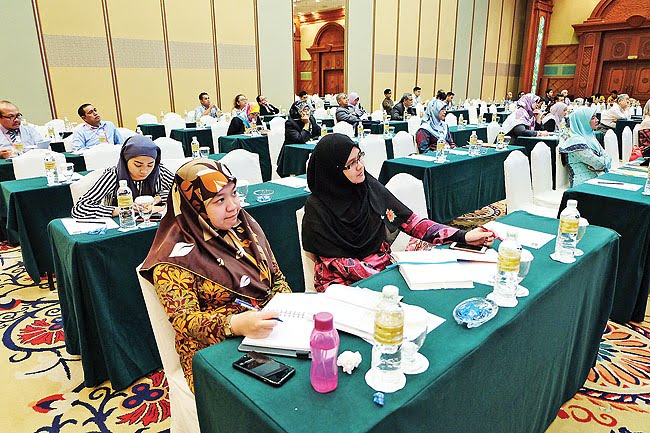AMONG the challenges faced by Brunei authorities in identifying borders of mukims and villages is that they overlap at some villages.
The issue was raised by Dayangku Hajah Hasnaliati binti Pengiran Setia Jaya Pengiran Haji Abdul Momin, a representative of the Survey Department, during her presentation on ‘Mukim and Village Borders’ at the 14th Southeast Asia Survey Congress (SEASC) held at The Rizqun International Hotel yesterday.
“Factors such as rapid developments in the country, and changes in the population density, also require the demarcation line to be readdressed,” she said, adding, “The proper and accurate identification of borders is crucial for the administration of mukims, villages and their residents, as well as in the designation of a house or building address and other matters.”
Dayangku Hasnaliati also explained that the Survey Department manages the taskforce committee which identifies boundaries for villages and mukims in Brunei, including borders for municipal areas.
The taskforce is also responsible for addressing issues raised by members of the public with regard to boundaries or perimeters.
